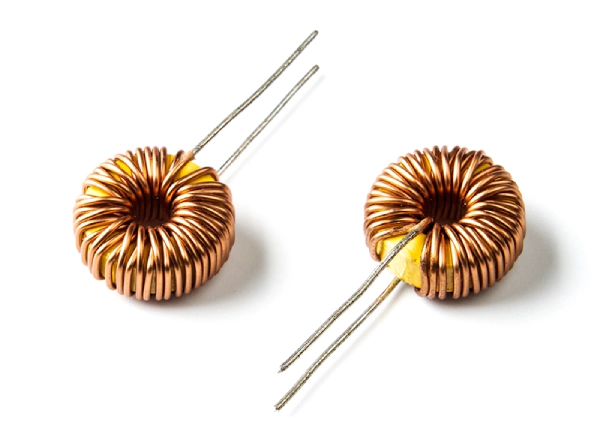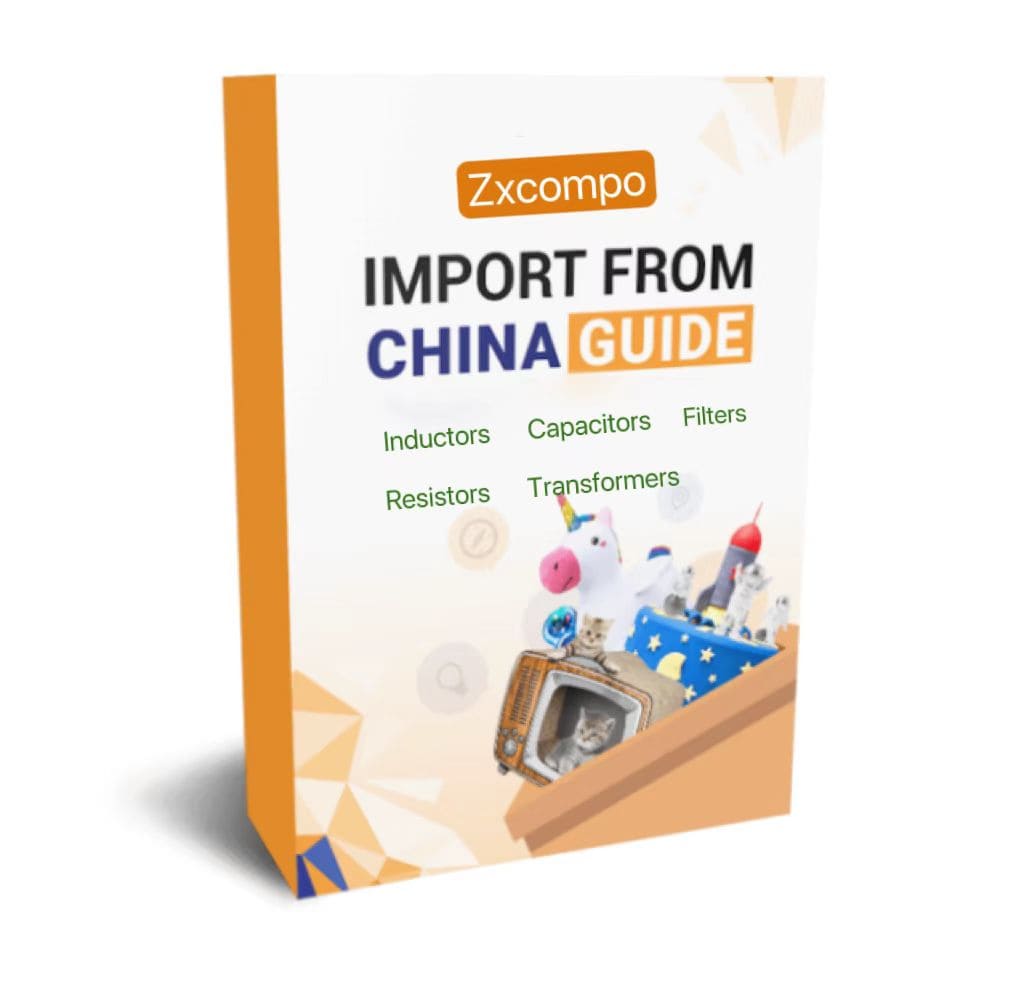Which is Better, Chip Capacitors or Ceramic Capacitors?
Chip capacitors and ceramic capacitors each have their advantages and disadvantages. Which one is better depends on the specific application requirements.
(★ If you want to know more about chip capacitors, please refer to this article: •What are the characteristics of various capacitors and how to choose?)
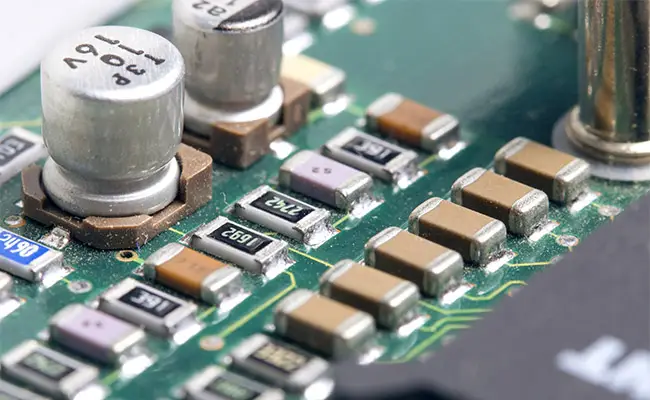
Definition and Basic Concepts
Ceramic Capacitor: A capacitor with ceramic material as the dielectric, usually composed of two metal electrodes sandwiching a ceramic dielectric. There are many types of ceramic capacitors, including single-layer ceramic capacitors and multi-layer ceramic capacitors (MLCC).
Chip Capacitor: A capacitor that uses surface mount (SMD) technology and can be directly connected to the surface of the circuit board. Chip capacitors can be made of materials such as ceramic, tantalum, and aluminum electrolytic, but their packaging method is mainly surface mount.
Package Form and Installation Method
Ceramic Capacitors: can be divided into direct-insert types (such as axial lead or radial lead package) and surface mount packages. Direct-insert capacitors require a larger installation space, while surface mount packages are suitable for high-density circuit boards.
Surface Mount Capacitors: designed for surface mount technology (SMD), using miniaturized square or rectangular packages (such as 0402, 0603, 0805, etc.), suitable for the layout requirements of high-density circuit boards.
Structure and Materials
Ceramic Capacitors: The dielectric material is ceramic, with a high dielectric constant, providing a wide range of capacitance values and can withstand higher rated voltages. Ceramic capacitors can be divided into different categories according to the type of ceramic, such as Class I (stable type) and Class II (high capacitance type). The former has a lower temperature coefficient and stability, while the latter has a higher capacitance value but slightly worse stability.
Chip Capacitors: They can be made of materials such as ceramic, tantalum, and aluminum electrolytic. Therefore, chip capacitors do not specifically refer to ceramic capacitors, but only to the packaging form. If it is a ceramic chip capacitor, its internal structure is similar to that of a ceramic capacitor, but it uses a surface mount packaging method.
Capacitance and Rated Voltage
Ceramic Capacitors: They have a wide range of capacitance values, and can provide capacitance values from pF to μF. The voltage range is generally high, and some ceramic capacitors can have a rated voltage of hundreds of volts.
SMD Capacitors: They also have a wide range of capacitance values, but they are usually not as wide as traditional ceramic capacitors. The voltage range depends on the selected materials and specifications.
Application Areas
Chip capacitors and ceramic capacitors each have their advantages and disadvantages. Which one is better depends on the specific application requirements.
Definition and Function of PCB Board and PC Board:
Ceramic Capacitors: They are widely used in high-frequency signal circuits, filters, decoupling circuits, timing circuits and other fields. Due to their high stability and reliability, they are suitable for industrial, automotive, communication equipment, etc.
SMD Capacitors: They are often used in modern electronic devices, especially products with high space requirements, such as smartphones, tablets, TVs, laptops, etc. Due to their compact packaging, they are suitable for large-scale automated production equipment.
Size and Volume
Ceramic Capacitors: can be smaller or equal to larger, especially traditional ceramic capacitors are usually larger (such as through-hole ceramic capacitors) and require a larger space.
SMD Capacitors: very compact, suitable for modern electronic devices with strict requirements on volume and weight. The size can be very small, such as the common 0402, 0603, and 0805 specifications, which are conducive to saving circuit board space.
Cost
Ceramic Capacitors: low cost, especially small-capacity ceramic capacitors, are a common choice for many electronic circuits.
SMD Capacitors: generally low cost, especially ceramic SMD capacitors, because they are suitable for automated production and packaging. However, some high-end SMD capacitors (such as tantalum capacitors) may be more expensive than ordinary ceramic SMD capacitors.
Stability and Durability
Ceramic Capacitors: Good stability, especially high-quality Class I ceramic capacitors, with low-temperature coefficients and voltage coefficients. However, Class II and Class III ceramic capacitors may have temperature and voltage changes that affect the capacitance value.
SMD Capacitors: If it is a ceramic SMD capacitor, its stability is similar to that of a ceramic capacitor. Other types of SMD capacitors, such as tantalum capacitors and aluminum electrolytic capacitors, have different stability and durability.
Ceramic capacitors emphasize the capacitor material (ceramic) and can have different packaging methods, including direct insertion and SMD. SMD capacitors emphasize the packaging form and are surface mount technology capacitors. The internal material can be ceramic or other types of capacitor materials.
(★ If you want to know more about chip capacitors, please refer to this article: •Differences in materials of common SMD ceramic capacitors)
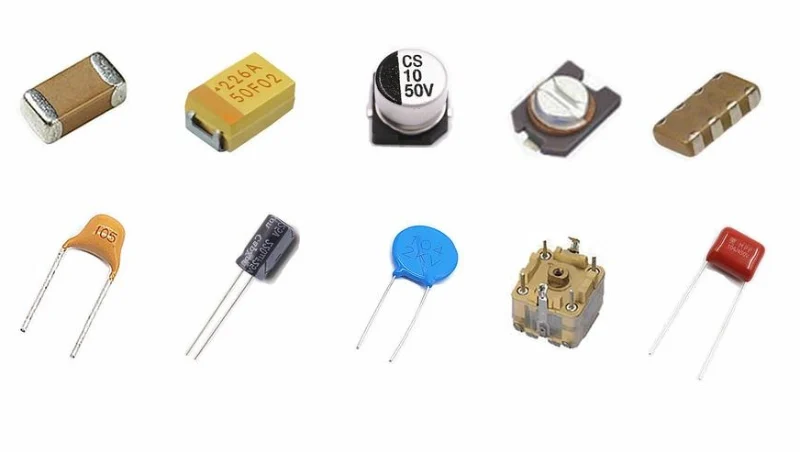
Differences Between SMD Capacitors and SMD Ceramic Capacitors
Material and Structure
SMD Ceramic Capacitors: Mainly made of ceramic materials, usually composed of a layer of metal electrodes embedded between two ceramics. This structure makes ceramic capacitors have the characteristics of high-frequency response and good temperature stability.
SMD Capacitors: can be made of materials such as ceramics, plastics, and metallized polyester films. Its structure consists of two metal electrodes and a layer of insulating medium embedded between the two electrodes.
Application Scenarios
SMD Ceramic Capacitors: Due to their high-frequency response and good temperature stability, they are often used in high-frequency lines and digital circuits, industrial control fields, power management modules, LED drivers and other circuits.
SMD Capacitors: Due to their fast high-frequency response and wide operating temperature range, they are widely used in most digital home appliances, communication equipment, robots and other electronic products.
Packaging and Installation Methods
SMD Ceramic Capacitors: Using surface mount (SMD) technology, they usually have small square or rectangular packages (such as 0402, 0603, 0805, etc.), which are directly mounted on the surface of the circuit board by automated machines to save circuit board space.
SMD Capacitors: There are many packaging forms, including direct-insert and SMD. The direct-insert type requires the capacitor to be installed on the circuit board through pins, while the SMD type is directly soldered on the surface of the circuit board.
In summary, ceramic capacitors, especially Class I ceramic capacitors, are known for their excellent stability. This type of capacitor has shown excellent stability in both temperature and voltage changes, ensuring excellent performance in various complex environments.
However, the stability of Class II and Class III ceramic capacitors may be affected to a certain extent. Similarly, ceramic chip capacitors also perform well in terms of stability, comparable to ceramic capacitors.Other types of chip capacitors, such as tantalum capacitors and aluminum electrolytic capacitors, each have unique stability and durability characteristics. Although there is some overlap in the functions of ceramic capacitors and chip capacitors, there are obvious differences in many aspects such as material use, packaging methods, and application areas.
The core concept of ceramic capacitors lies in the capacitor material they use – ceramic, and the excellent performance given by this material. Chip capacitors pay more attention to the use of packaging technology, which achieves a smaller capacitor size and high integration. When choosing the type of capacitor, it is necessary to comprehensively consider multiple factors such as the specific needs of the application scenario, space constraints, cost budget and performance requirements.
Advantages of Zxcompo Inductors
Zxcompo products include multilayer power inductors, wound surface mount inductors, and molded surface mount inductors for power and signal lines. A full range of passive electronic and magnetic components including inductors, capacitors, resistors, transformers, and filters are available. Our products are widely used in automotive, telecommunications, consumer electronics, and other fields. Each product is designed to achieve performance and maximize signal and power efficiency while saving space.
Other Advantages Include:
Fully automated manufacturing
High-reliability AEC-Q200
ISO 9001 quality standards
RoHS compliant
REACH compliant
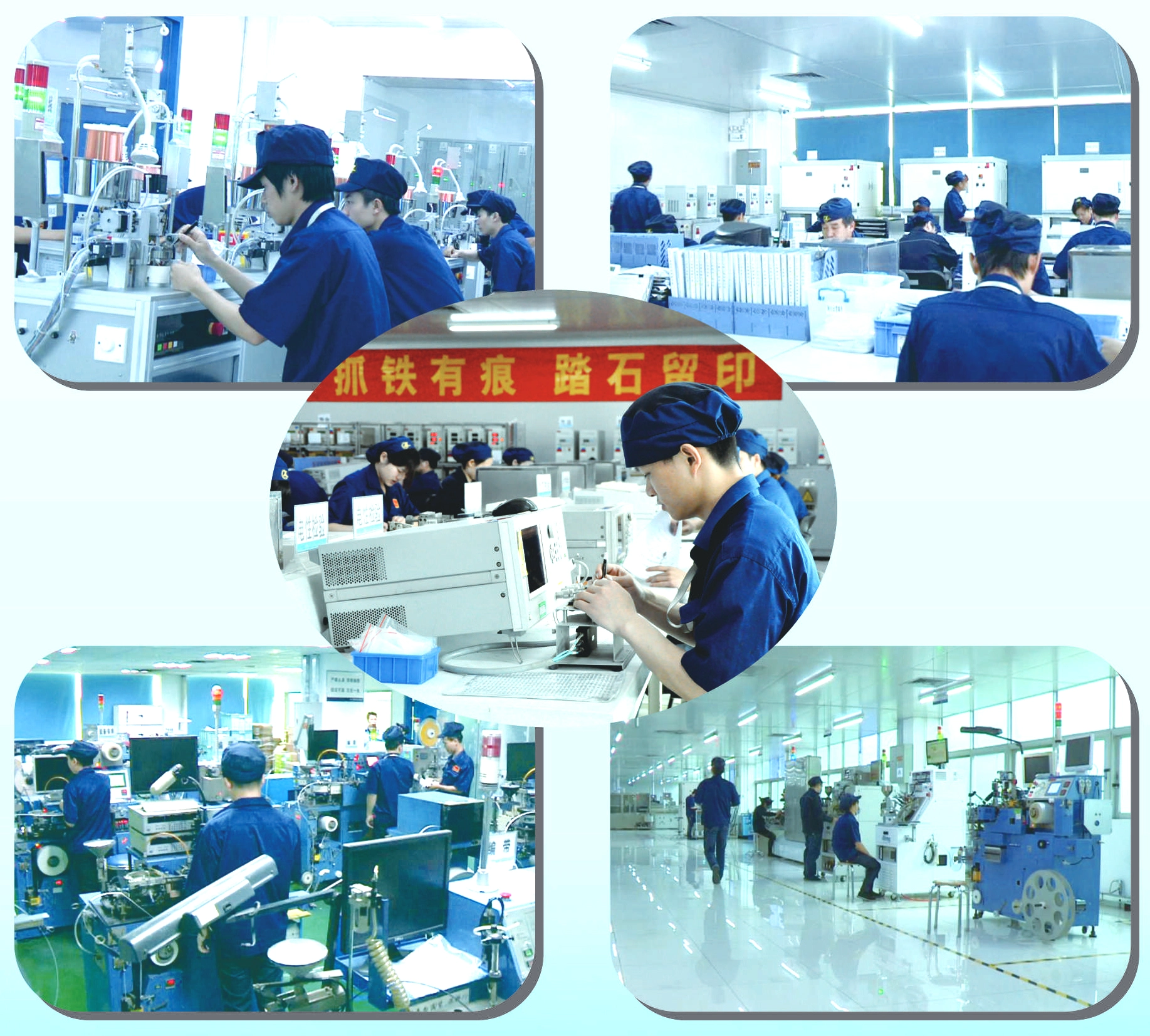
Why Choose Zxcompo?
Our company has more than 1,000 types of inductors and 15 years of experience in this field. It is a product that produces extremely low resistance over a wide frequency range. Zxcompo is widely recognized by a global technical team for designing, manufacturing, and providing high-quality, high-performance signal integrity and noise filtering solutions.
Zxcompo brand inductors, also known as coils or reactors, are passive electronic components that resist changes in the current flowing through them. Core material, winding type and geometry play a critical role in the performance of power inductors. Shipping worldwide. Simply contact us for samples: sales@ZXcompo.com.

